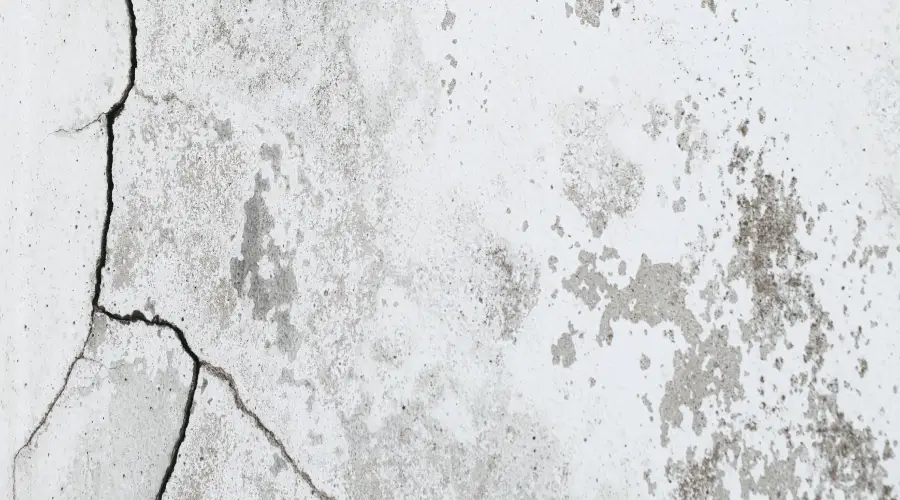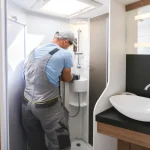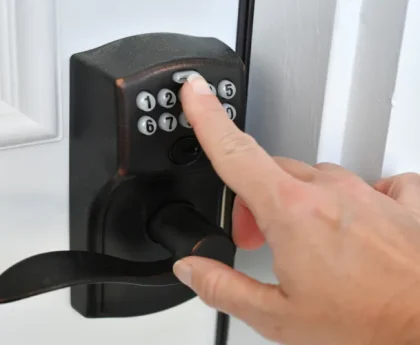Are you aware that your water bills have been quite high, despite that the amount of water you use is the same? Perhaps you’re experiencing water leakage and the reason for not realizing it’s because it’s happening in your walls. If you suspect there’s water leakage in the wall, you’ll need to locate plumbing services. Plumbing Services and look for indicators you’ve missed. In the end, the evidence of water damage within walls is typically invisible therefore the first step in identifying the source of the leak is to conduct an exhaustive investigation.
Water Leaks in the Walls
The first step is to search for the most obvious signs of water damage to walls. They are usually tangible, visible, and/or olfactory problems in your home’s environment:
- Drywall that has been stained or damp
- The paint on your wall is peeling or wallpaper.
- A wall that is damaged or damaged or warped
- A floor or ceiling made of drywall may be damaged, buckled, or stained from water.
- Water drops from the ceiling, or water pools on the floor next to the walls
- A musty odor
Certain of these signs may also be indicators of mold, particularly in areas where water doesn’t normally collect. This is because these signs are all indicative of excess moisture that can cause mold growth. Alongside the wet areas and the peeling of paint, it is possible that you’re at risk of respiratory issues such as frequent sneezing or a running nose. This is why it is crucial to take care of the mold problem prior to spreading further, and to address plumbing issues within the home before they grow more severe.
Detection of Water Leaks Walls
There are obvious indications of water damage, such as the appearance of paint bubbling on walls. If you suspect that water is leaking through your walls the following tests to confirm the existence of leaks.
Utilize Water Meter Water Meter
The most popular method of finding a leaky water pipe is to look at your water meters. The device can be installed either inside or outside of your home. This is how you can confirm it once you’ve located it:
- Take a look at the water meter and record the number shown as the total amount you use from your residence in Gallons.
- Switch off all showers, faucets, and toilets, in addition to water-using appliances, such as dishwashers, sprinklers, as well as washing machines.
- To be sure of the validity of your findings, and to ensure their effectiveness and accuracy You should avoid using the water in your house for at least 3 hours. Find leaks that are coming from faucets, toilet as well as other plumbing fixtures.
- The water meter has to be read again. If the reading has increased, it’s possible that there is water leakage in the vicinity.
- Purchase a Moisture Meter
- Moisture gauges are one of the tools that can assist you to find leaks in walls. The device can assess the amount of moisture found in the materials. On average, readings for drywall, concrete, and other components of masonry are less than one percent.
- There are two types of them: pin-type to assess moisture levels in smaller regions, with greater accuracy, and pin-less for larger areas of the scan. The device is available in your local hardware store, and at any cost.
- But, making this tool work may require a bit of time and effort. Professionals typically use both types (pin-type and pinless) to quickly identify areas of water that are located in large areas, while being able to determine the exact location of the depth.
Water Leaks From Walls What’s the reason?
It is necessary to pinpoint the source of the leak and determine the source of the leak. This is done by searching for evidence of damage caused by water to walls. Before beginning, you must check your plumbing system inside and any exterior components like flashing sprinklers and caulk, downspouts and caulk
Interior Plumbing Problems
If you see a tiny increment in the readings of your water meter, it could be that there’s a problem with the plumbing in your home. Leaks occur when pipes are damaged in specific locations or joints between pipes start to shrink. They need immediate attention, particularly when a pipe leaks into the ceiling. Immediate rush to nearby PLUMBING INSTALLATION AMAN They will be able to help. This could be dangerous.
Failures of Exterior Materials
If you’re not able to find the source of the problem in the interior, take a walk outside to inspect your exterior material. The exterior materials are classified as below-grade or above-grade by their location in relation to the ground.
The obstruction of the downspouts, and gutters, as well as flaws in caulking that are not effective and in the flashing that is becoming worse, are all signs of problems in the external surface above the grade. Check for leaks in these areas, and make sure you take care to correct any issues you find immediately.
Broken sprinkler pipes, insufficient drainage from downspouts, French drains, or sloped toward the house are some examples of issues with the exterior below the level. They can cause damage to foundation walls. So, make sure you monitor them regularly for indications of trouble.





